Botryosphaeria rots and cankers (Genus Botryosphaeria)
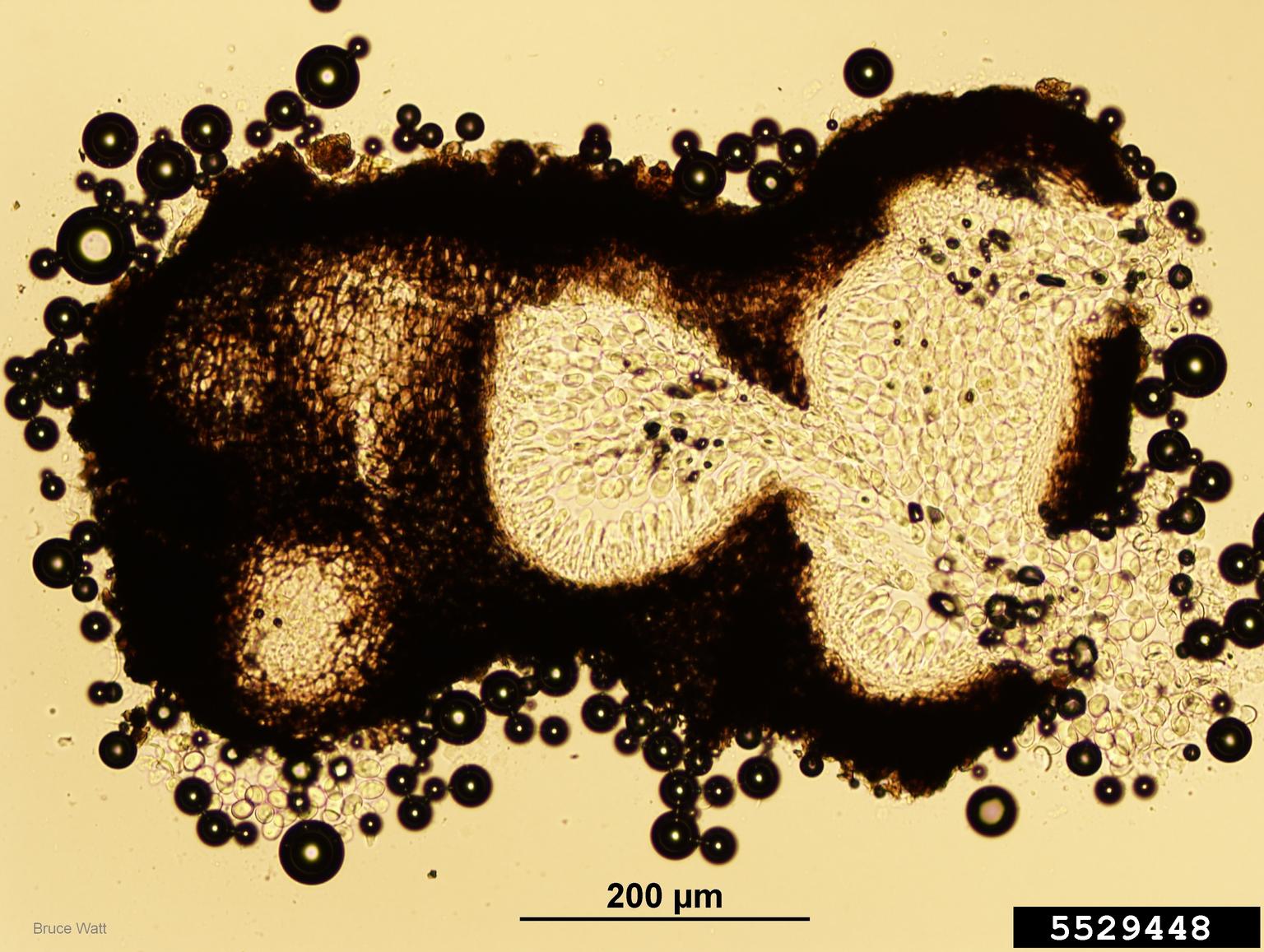
The Botryosphaeriaceae is a diverse family of endophytes and fungal pathogens of mainly woody plants. We considered the host range and distribution of these fungi by sampling diseased ornamental and forest trees and shrubs in Serbia, Montenegro, Bosnia and Herzegovina, spanning a Mediterranean and a Continental climatic region.
Free Images nature, forest, branch, leaf, flower, trunk, food

Pathogenicity tests. Pathogenicity of selected isolates (Table 1) was tested on healthy twigs and branches of peach trees. The iso-lates were grown on PDA at 25°C for 5 days prior to inoculation. An initial pathogenicity test was conducted on 1-year-old twigs of 'Shuguang' peach.
Shumard oak, Quercus shumardii Venerable Trees

Botryosphaeria canker is a common disease in many ornamental and crop plants. Botryosphaeria is a genus of fungal pathogens that can infect a wide range of woody plants ( Table 1 ). While Botryosphaeria fungi can cause many symptoms, they typically produce cankers on woody plants. These pathogens cause disease by growing around, along, or.
sumpeg Archives Meye
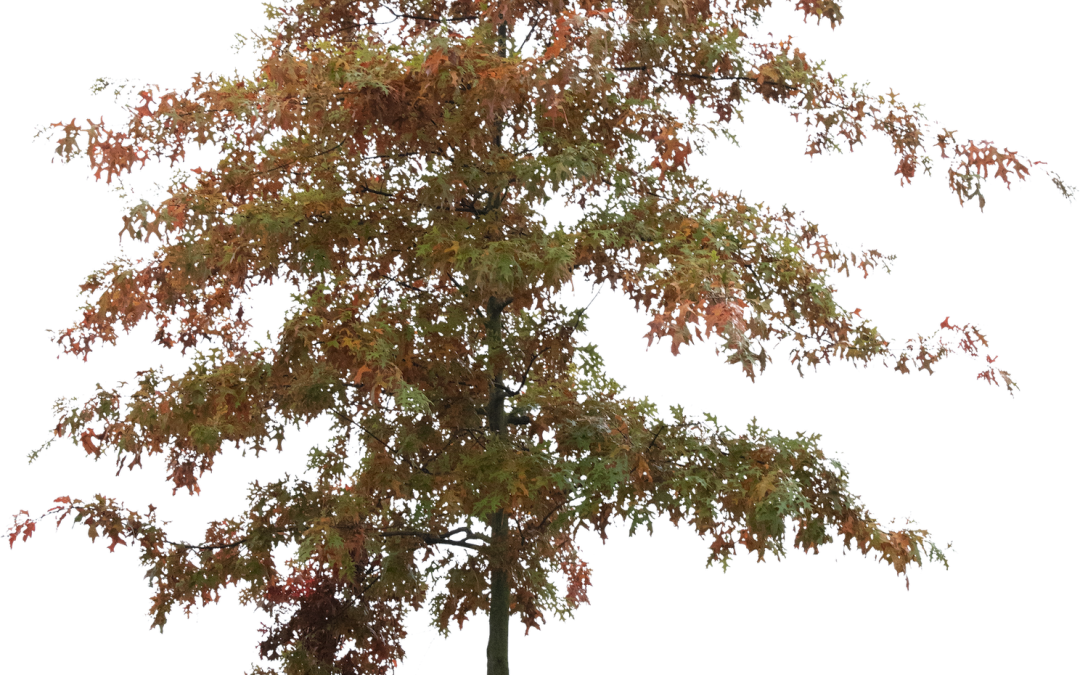
Ascostromata not observed.Conidiostromata forming dense botryose aggregate, 2-7 mm diam., pseudothecial, aggregated into botryose clusters, 220-420 μm diam., spherical to globose with a central ostiole, ½ to ¾ emergent, rarely embedded, black.Peridium comprising 7-15 layers of textura angularis, outer region of dark brown cells, inner region of 3-7 layers of pale brown cells lining.
Género Quercus FloraOn
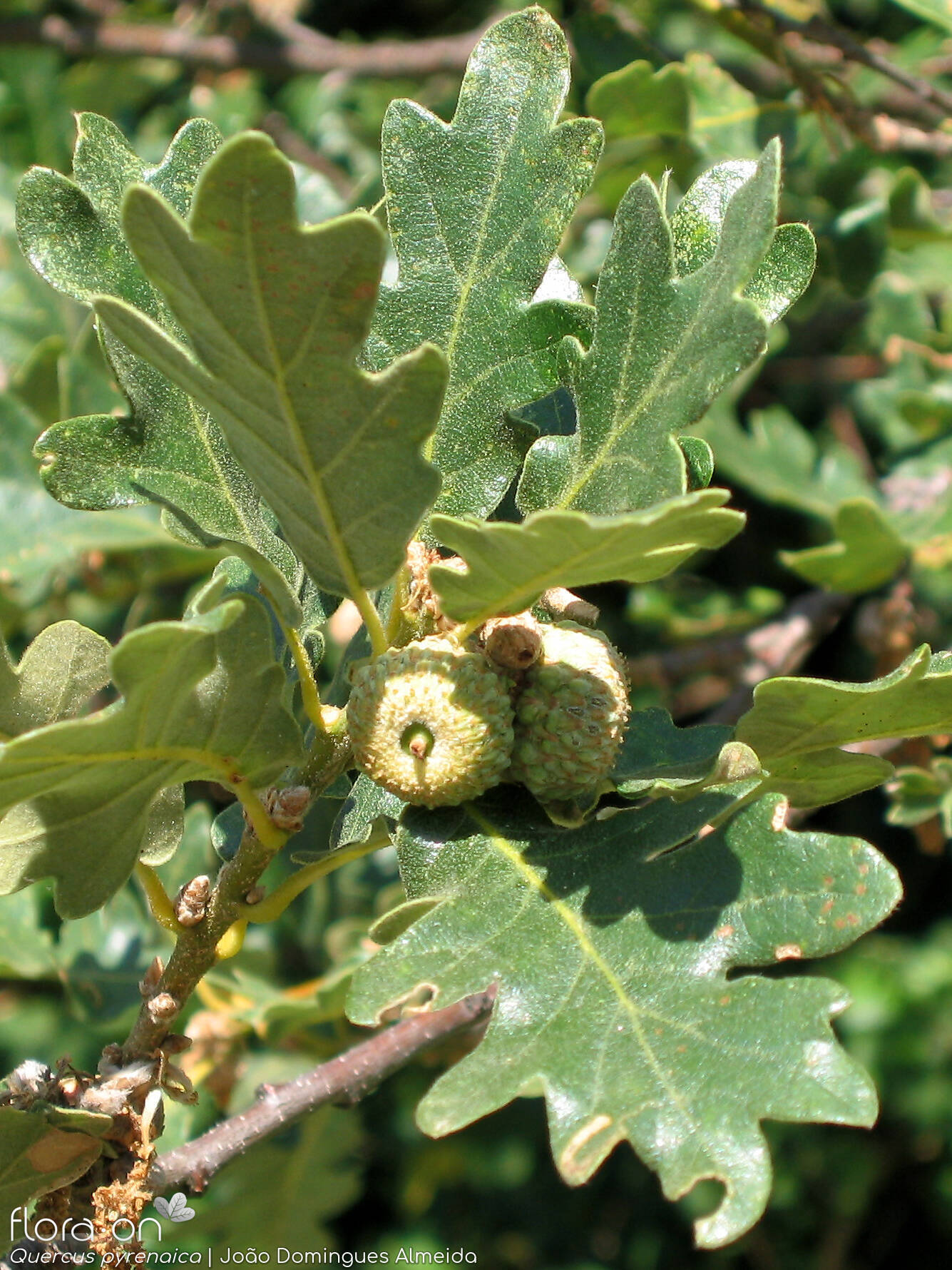
From 2012 to 2015, several field surveys were conducted throughout forest areas in the north of Iran in order to determine the occurrence of species of Botryosphaeriaceae on forest trees. Fungal isolations were made from symptomatic branches of 20 tree genera including Acer, Alnus, Carpinus, Crataegus, Cupressus, Cydonia, Diospyros, Fagus, Fraxinus, Gleditsia, Mespilus, Parrotia, Pinus.
FileQuercus suber aka cork oak.jpg Wikimedia Commons

Botryosphaeria dothidea is the type species of Botryosphaeria (Botryosphaeriaceae, Botryosphaeriales). Fungi residing in this order are amongst the most widespread and important canker and dieback pathogens of trees worldwide, with B. dothidea one of the most common species on a large number of hosts. Its taxonomic circumscription has undergone substantial change in the past decade, making it.
Quercus palustris Green Pillar Upright Pin Oak Trees For Sale
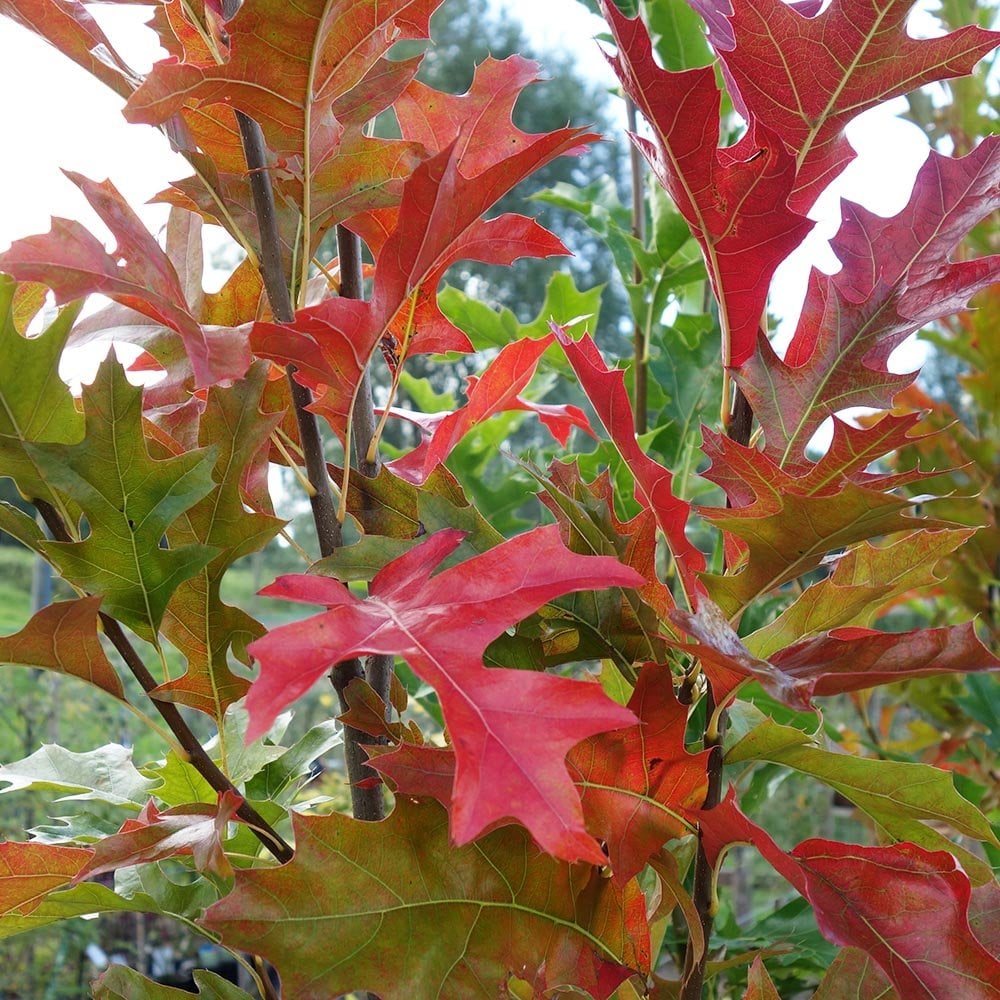
The order Botryosphaeriales includes many latent fungal pathogens with a wide range of woody hosts. The taxonomy of these pathogens has been difficult due to the use of poorly informing markers in phylogenetic analyses and the lack of good morphological characters. Many genera and families in this order have not yet been systematically studied in different hosts and from different regions. In.
Quercus (Oak) North Carolina Extension Gardener Plant Toolbox

4. In this study, five strains were isolated during surveys of fungi on new woody hosts ( Salicaceae and Oleaceae) in Guizhou and Guangxi Provinces, China. Combining morphology and phylogenetic analyses, these isolates represent two novel Botryosphaeria species, which are described and illustrated here. The discovery of new species within this.
bur oak, Quercus macrocarpa Venerable Trees

598 ia are subglobose with a L/W ratio of about 1.5 while in B. stevensii they are oblong with a L/W ratio of about 2.3. The consensus is that conidia of B. stevensii are (20-)25-27. 3 10-12.
Botryosphaeria rots and cankers (Genus Botryosphaeria)
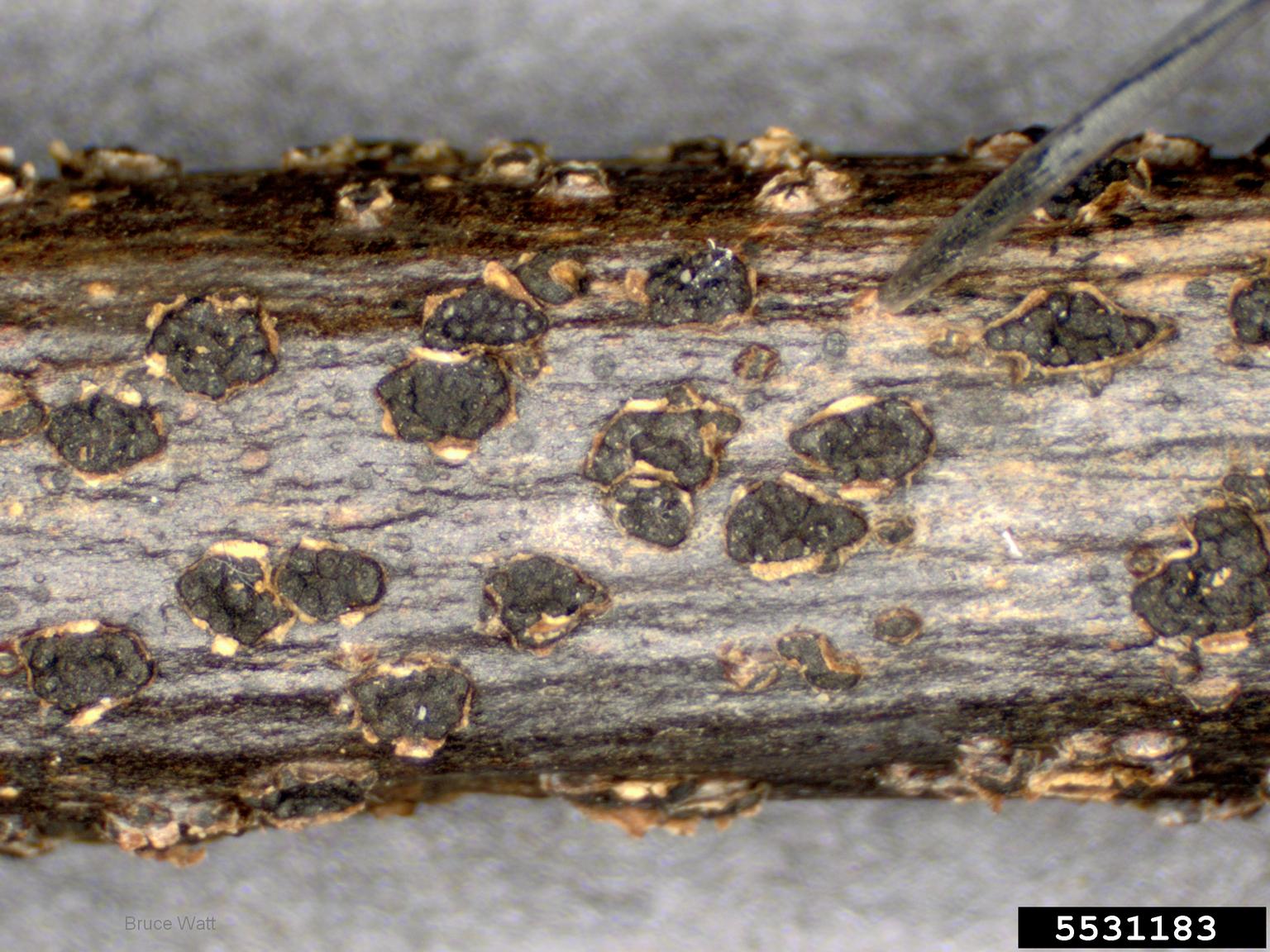
Introduction. Species of Botryosphaeria Ces. and De Not. are important pathogens of pome and stone fruit trees, causing fruit rots (e.g. black and white rot of apple), frogeye leaf spot, stem and branch cankers, gummosis, die-back and in some cases tree death (Weaver, 1974; Brown & Britton, 1986; Britton et al., 1990; Pusey, 1993; Parker & Sutton, 1993a).
Quercus palustris (3 de 3) 27589
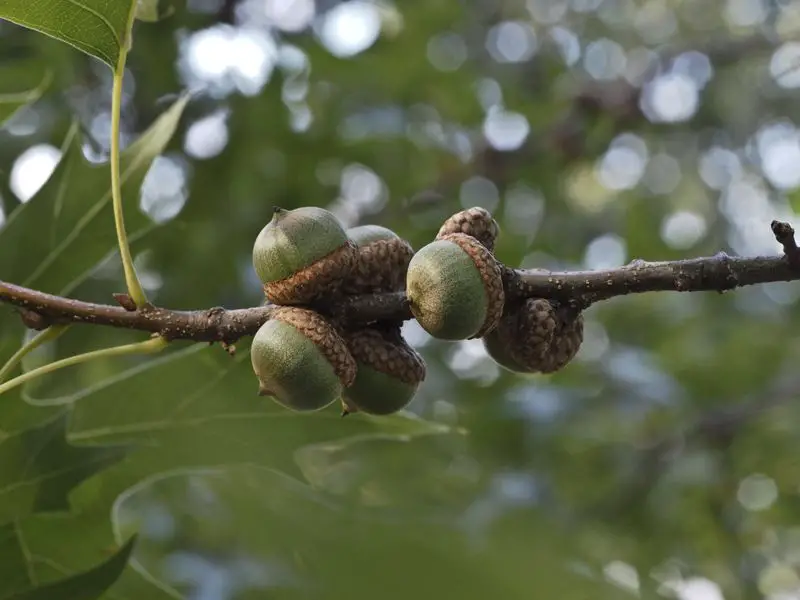
During the study of fungal pathogens associated with ornamental plants in Kerman province, southeastern Iran, a serious yellowing and decline symptom was observed on English ivy (Hedera helix L.) in some landscape areas. In order to identify the disease-causing agents samples were collected from infected plants exhibiting yellowing, wilting, reduced growth of shoots, foliage necrosis as well.
How Do I Choose the Best Ornamental Pepper Plants?

Mycologia, 96(3), 2004, pp. 598-613.? 2004 by The Mycological Society of America, Lawrence, KS 66044-8897 Botryosphaeria corticola, sp. nov. on Quercus species, with notes and
Quercus palustris Meye

Request PDF | Botryosphaeria corticola, sp. nov. on Quercus species, with notes and description of Botryosphaeria stevensii and its anamorph, Diplodia mutila | Botr yosphaeria stevensii frequently.
Género Quercus FloraOn Portugal Continental
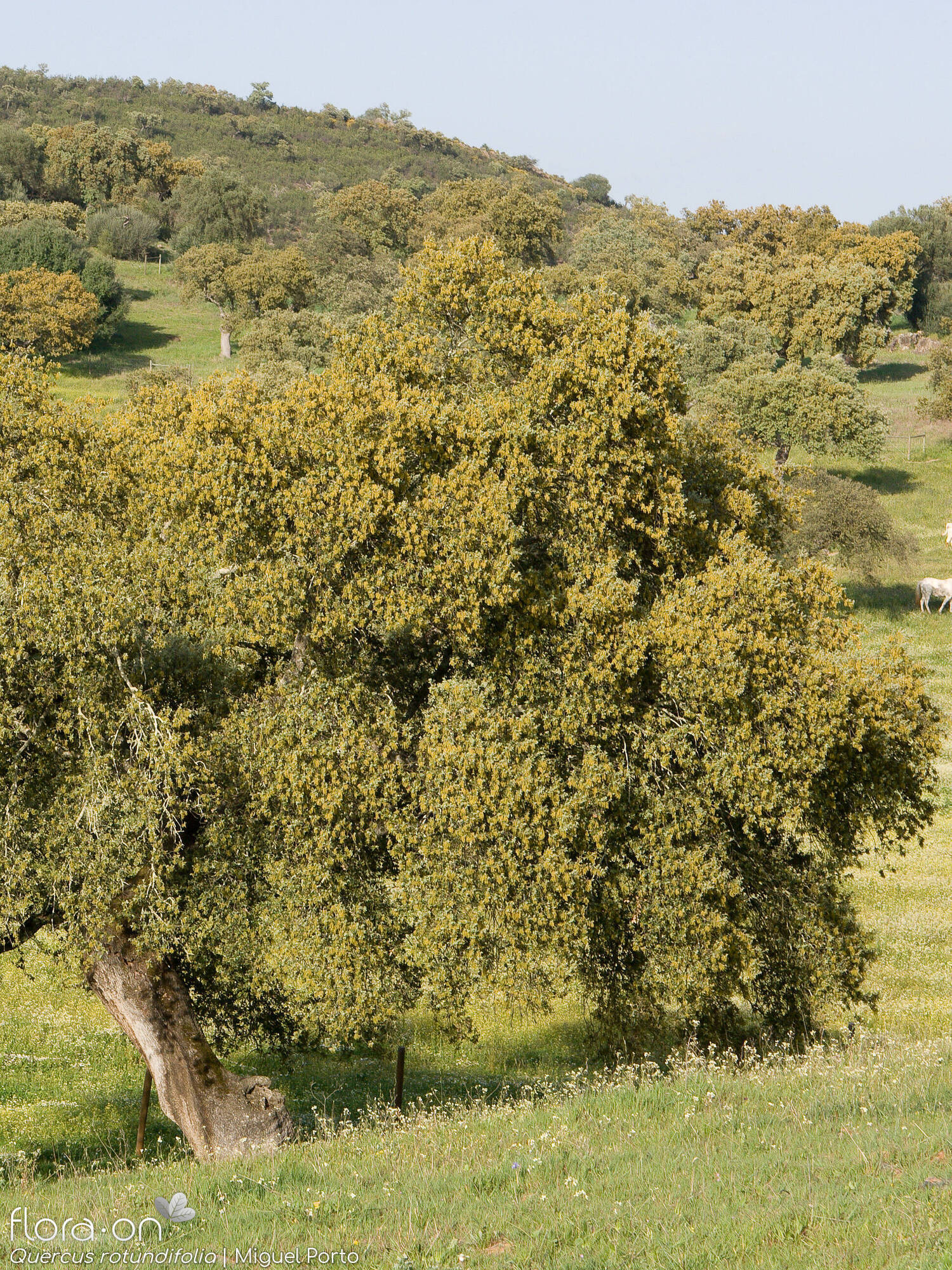
Botr yosphaeria stevensii frequently has been associated with dieback and canker diseases of oak, mainly in the western Mediterranean area but more rarely in other regions. The species concept of B. stevensii has been unclear, and it is possible that some collections were identified incorrectly. A c.
Botryosphaeria rots and cankers (Genus Botryosphaeria)
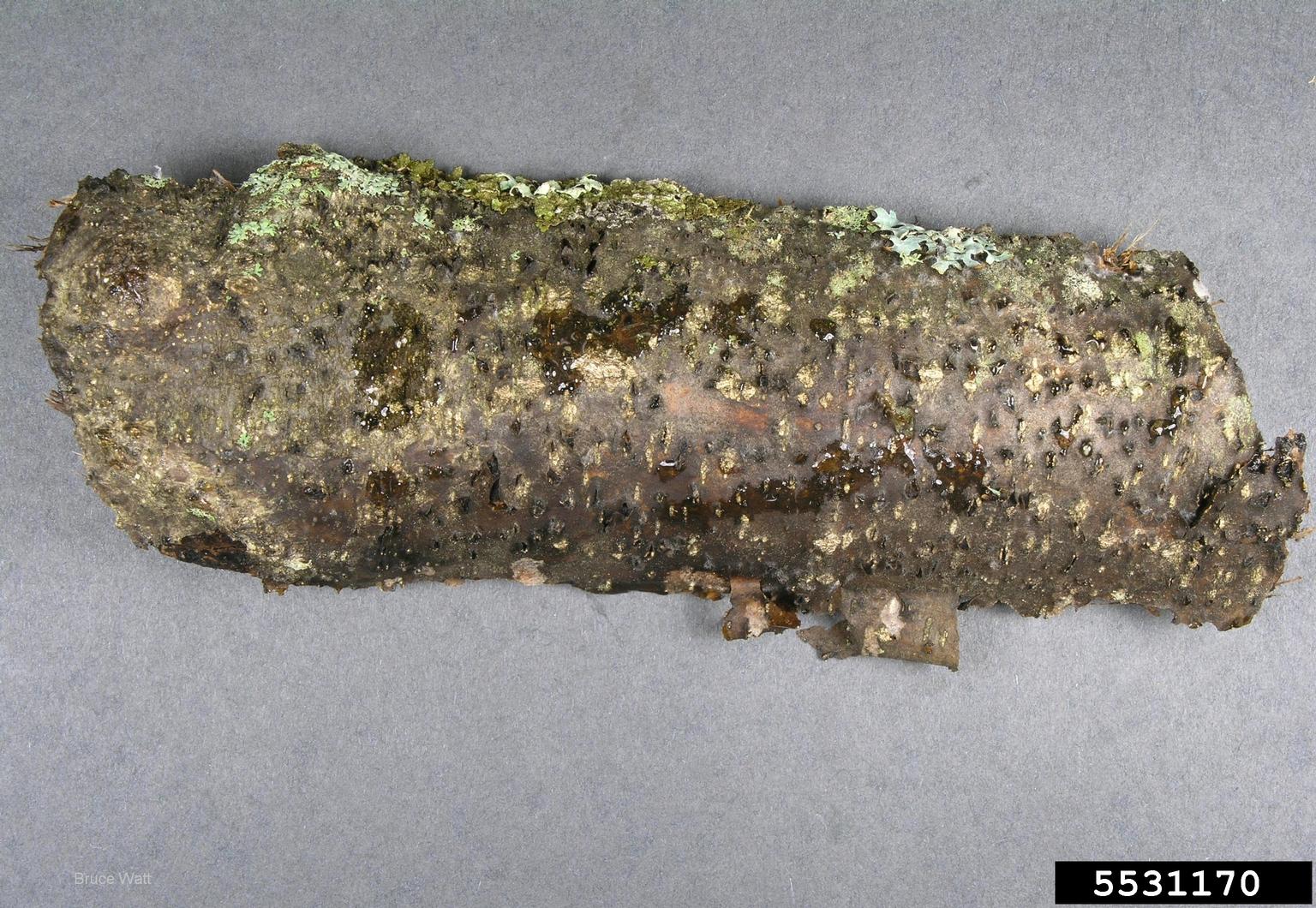
These factors include drought, freezing, soil compaction and high soil pH. Prune to remove cankered branches after fall leaf drop or before buds break in the spring. Disinfest pruning tools between cuts with a 10% bleach solution for 10 minutes and rinsing or by dipping them in 70% alcohol and letting them air-dry. Destroy the infected tissue.
Larian Merch Store
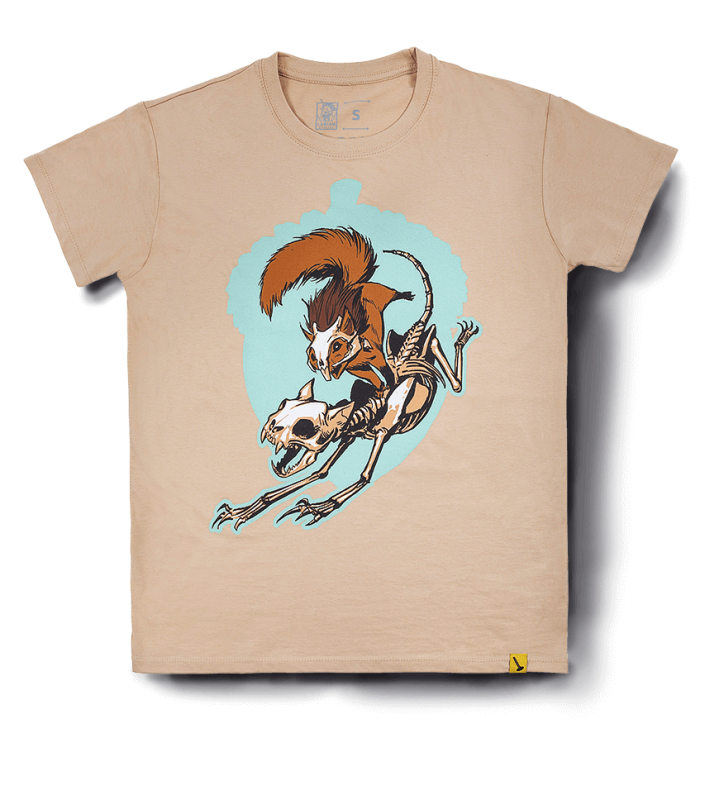
Botryosphaeria stevensii. Botryosphaeria stevensii ( Apple sphaeropsis) is a fungal plant pathogen that causes cankers on several tree species including apple and juniper as well as causing cankers on grape vines. [3] It causes branch dieback, possibly affecting a large portion of the tree canopy, and if severe it can kill entire plants.
.

